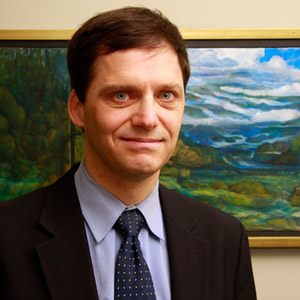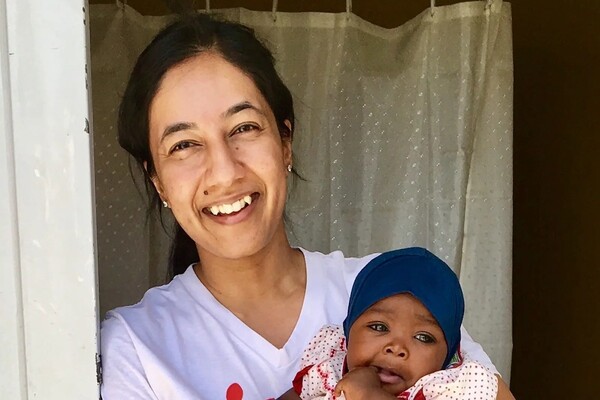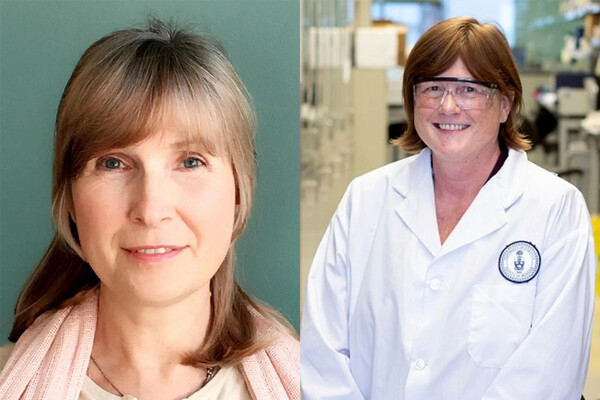Addressing the Cracks in Treatment at the Crossroads of Mind and Body

Heidi Singer

What happens when a person with schizophrenia gets cancer or someone with diabetes shows signs of depression? Too often, people with such concurrent diagnoses fall through the cracks of our fragmented health care system, says Professor Benoit Mulsant, Vice Chair of the Department of Psychiatry.
Mulsant is also the Executive Director of the Medical Psychiatry Alliance, which was launched earlier this year by the Faculty of Medicine and three Toronto hospitals. The Alliance has a $60-million 5-year budget and an ambitious goal to increase the amount and quality of care delivered , transform education, and establish research initiatives to help patients suffering with both physical and psychiatric illness. Mulsant, who is also Physician-in-Chief at the Centre for Addiction and Mental Health (CAMH), spoke with writer Heidi Singer about the Alliance’s inaugural conference Oct. 31, and how this new organization can help our health care system integrate the treatment of minds and bodies.
Why is this Alliance necessary?
Most people with mental health issues are not seen by psychiatrists, psychologists, or social workers. They are seen in the general health system. They’re tired or their back hurts, so they go to their primary care provider. When a psychiatric diagnosis needs to be made, it’s missed in half of them. And only half of those diagnosed are treated. That’s because providers face competing priorities and just don’t have the time to address them all. They typically end up ignoring the mental health issue, which they perceive as being less urgent. Also, if they attempt to refer their patient to a psychiatrist, there is often a long wait time. That’s one side of the coin. Here’s the other side: those with serious mental illness typically receive all their medical care in the mental health system. On average, they die 20 to 25 years younger than those without mental illness. Their cancers are less likely to be diagnosed and even when it is, patients are less likely to be treated for it. Psychiatric medication may also cause weight gain, hypertension, diabetes, and metabolic syndrome. Psychiatric patients often get subpar treatment for these diseases. The Alliance is trying to deal with both issues. We are trying to deal with patients who suffer from mental health problems in the general system, and people with serious mental illness whose physical health problems are not being identified and treated. We are dealing with children, young people and old people.
What are your goals for the Alliance?
Over the next five years, we’ll be developing special interactive software to train medical students at our Mississauga campus. We’ll create a new curriculum for students there. We need to train medical students to stop compartmentalizing. We want them to think of mental health issues during their entire training. To realize there’s an interface between the physical and mental. A depressed person who has a heart attack is three to four times more likely to die during the next six months than someone with the same heart attack and no depression. If you focus on just the heart attack you’re missing the boat.
All three partner hospitals will beef up their telepsychiatry to improve access for northern and rural areas. We’re looking at starting up a Virtual Ward to make sure people with major physical and mental health diagnoses are getting the support they need post-discharge. We will address heart issues, high blood pressure, smoking and unhealthy lifestyles among psychiatric patients at CAMH.
How will the Alliance work in the community?
Our hospital partners will address specific demographics. The Hospital for Sick Children will work with young people, CAMH will deal with people of all ages with the most serious mental illnesses, and Trillium Health Partners will be our representative in Mississauga.
The Alliance will hold its inaugural conference, Integration for Better Care, on Friday, October 31. Can you discuss some of the highlights?
This year, the topic will be collaborative care. What is the best model for mental health professionals and their colleagues in the primary care sector to help each other? Many studies have been done in the U.S. so we are bringing three American experts to talk about this in relation to children, the elderly and mid-life adults. We’ll discuss how various models can be implemented: psychiatrists spending half a day a week in a primary care office or a hospital like CAMH making some slots available to primary providers for rapid appointments. There are other interesting models using mental health technicians who go to the primary care office to conduct assessments, connect people to resources, and make sure they’re taking their psychotropic medications. Another big area is figuring out the best place to identify people with mental health issues: in the emergency room, in the doctor’s office, at school? We have the potential to make a real difference in a very overlooked part of the health care sector.
More information about the conference, including the full agenda and online registration.
News


